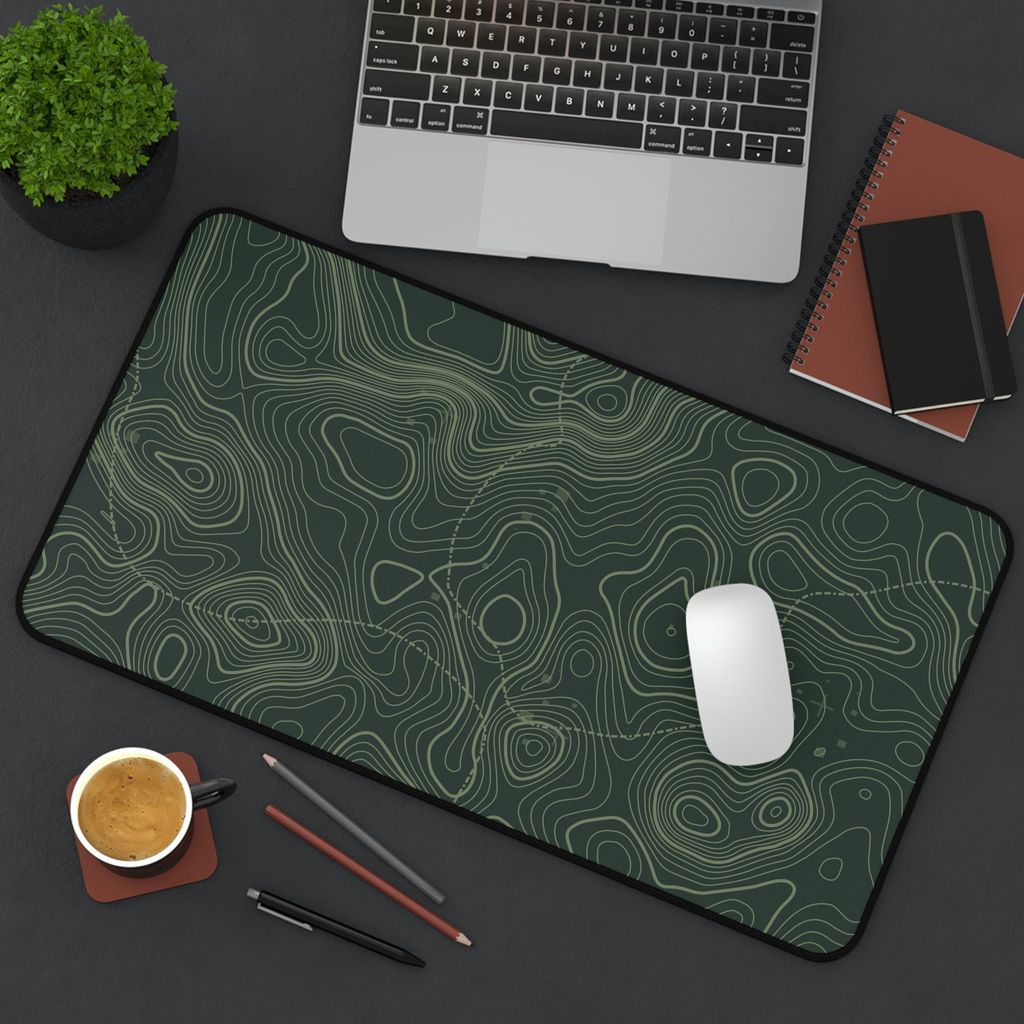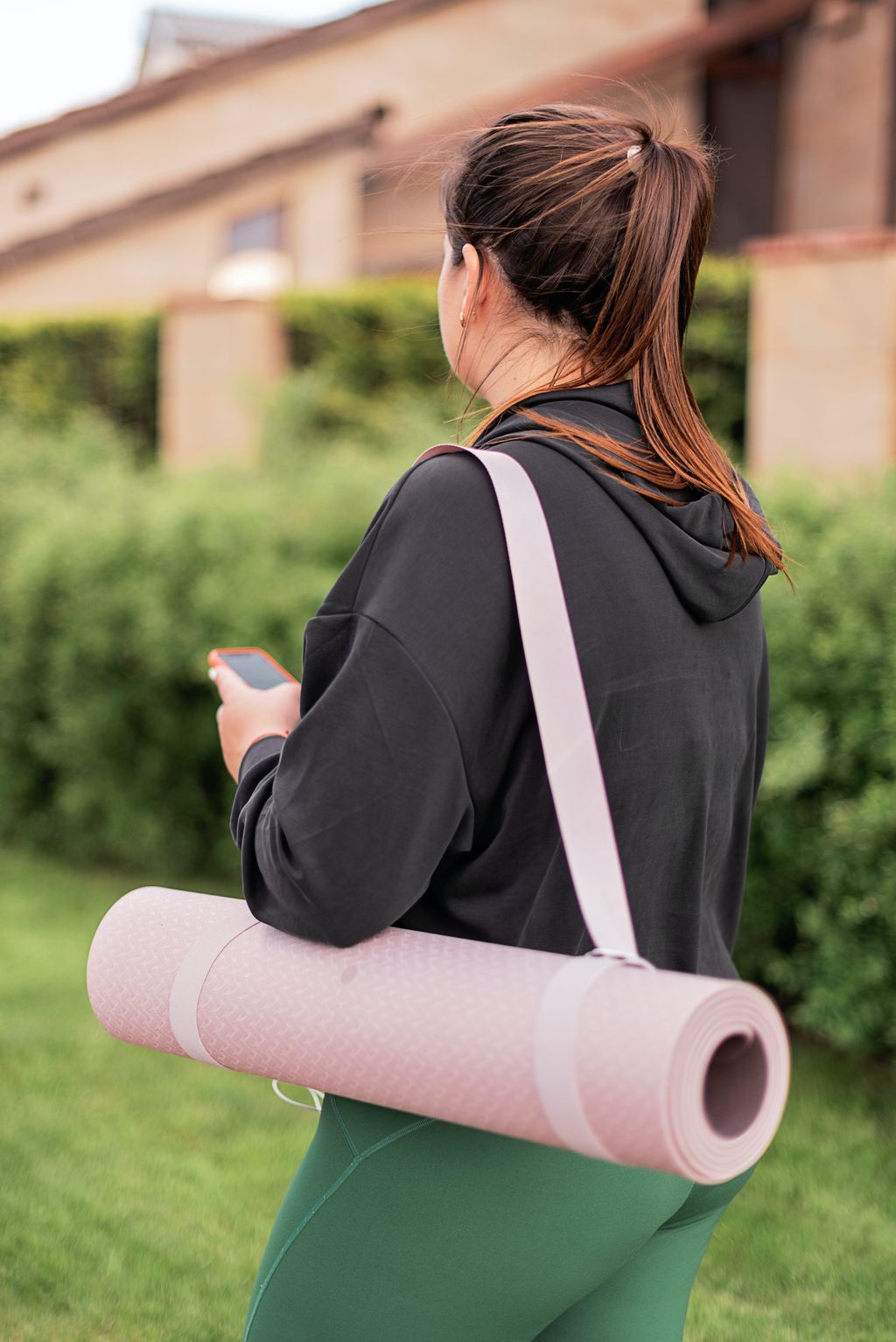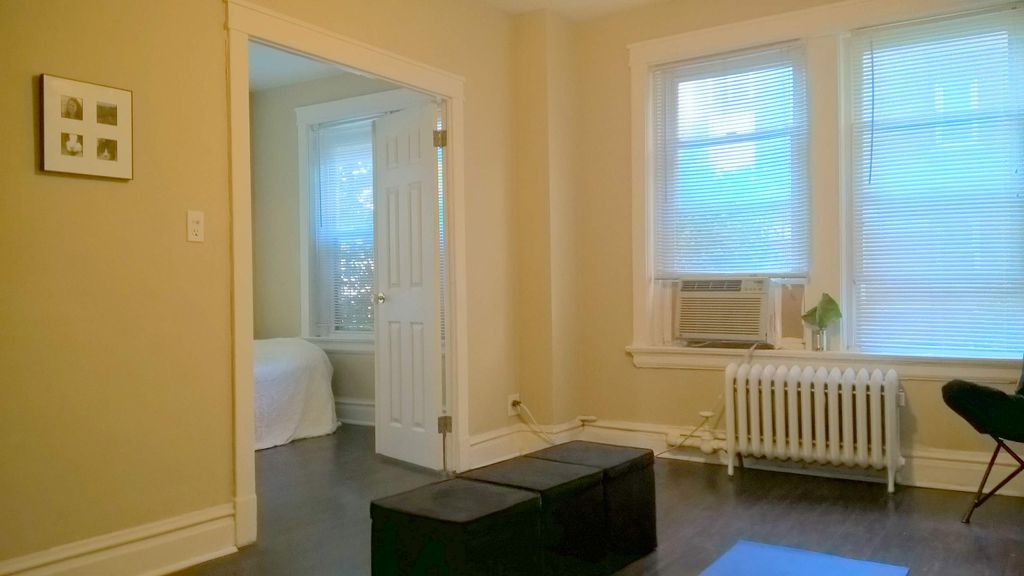
Finding the Best Yoga Mat Options Near You
When it comes to finding the best yoga mat options near you, there are several important factors to consider. From understanding the materials used to choosing the right thickness and texture, and exploring specialized features, the right yoga mat can enhance your practice and provide the comfort and support you need. In this article, we will explore these key aspects to help you make an informed decision when selecting a yoga mat.
Key Takeaways
- Consider the environmental impact of natural vs. synthetic materials when choosing a yoga mat.
- Look for eco-friendly options that are sustainable and biodegradable for a more conscious practice.
- Prioritize durability and longevity to ensure your yoga mat withstands regular use and retains its quality over time.
- The thickness and texture of a yoga mat significantly impact comfort, support, grip, and stability during practice.
- Choose a yoga mat with specialized features such as alignment guides, portability, and extra cushioning to enhance your yoga experience.
Understanding Yoga Mat Materials
Natural vs. Synthetic Materials
When selecting a yoga mat, the material is a crucial factor to consider. Natural materials such as cotton or jute offer an eco-friendly option and often provide a unique texture that can enhance grip. On the other hand, synthetic materials like PVC (polyvinyl chloride) and TPE (thermoplastic elastomers) are widely used for their durability and ease of cleaning.
Eco-friendliness is a significant concern for many yogis, and mats made from natural materials are typically more sustainable. However, synthetic mats can also be sustainably made, especially within Europe, where manufacturing standards are high.
The choice between natural and synthetic materials can greatly affect your yoga practice, influencing everything from comfort to environmental impact.
Here's a quick comparison of the two types of materials:
- Natural materials: Biodegradable, may offer better grip when wet, often more expensive.
- Synthetic materials: More affordable, lightweight, and often come in a variety of colors and patterns.
Eco-Friendly Options
When considering eco-friendly options for yoga mats, the focus is on materials that are sustainable and have a low environmental impact. Natural rubber, cork, and jute are popular choices that are both renewable and biodegradable. These materials often come from sources that are managed responsibly, ensuring minimal harm to ecosystems.
Durability is a key factor when selecting an eco-friendly yoga mat. While these materials are environmentally preferable, they must also stand up to the wear and tear of regular practice. Here's a quick comparison of common eco-friendly materials:
| Material | Renewable | Biodegradable | Durability |
|---|---|---|---|
| Natural Rubber | Yes | Yes | High |
| Cork | Yes | Yes | Moderate |
| Jute | Yes | Yes | Moderate |
Eco-conscious yogis should also consider the manufacturing process and the company's commitment to sustainability. Look for certifications that indicate a lower carbon footprint and ethical labor practices.
Remember, the choice of an eco-friendly yoga mat not only reflects your commitment to the environment but also supports the longevity of your yoga practice.
Durability and Longevity
When considering the purchase of a yoga mat, the durability and longevity of the product are crucial factors. A mat's lifespan is influenced by the quality of materials and the frequency of use. For instance, mats made from PVC tend to last longer but may not be the most eco-friendly option.
- Natural rubber mats offer a balance between durability and environmental consciousness.
- Open-cell mats are more absorbent but may wear out faster due to moisture.
The longevity of a yoga mat can be a testament to its quality and the value it provides over time.
It's important to note that while some mats are designed to withstand years of practice, others may need to be replaced more frequently. This is often reflected in the warranty offered by the manufacturer.
Choosing the Right Thickness and Texture
Impact on Comfort and Support
The thickness of your yoga mat is more than just a layer between you and the floor; it's a pivotal element that can greatly influence the comfort and support during your practice. A mat that's too thin may not provide enough cushioning for your joints, while one that's too thick can affect your stability and connection with the ground.
Thickness in a yoga mat isn't just a matter of cushioning; it's a critical factor that can define the comfort and effectiveness of your yoga practice. To help you understand the impact of thickness on your yoga experience, consider the following points:
- Thinner mats (around 1/16 inch) are usually more portable and provide a better feel of the floor, which can be beneficial for balance poses.
- Standard mats (about 1/8 inch) offer a good balance between cushioning and portability.
- Thick mats (up to 1/4 inch) provide extra cushioning, which can be helpful for therapeutic practices or for yogis with sensitive joints.
Remember, the ideal thickness for your yoga mat is subjective and should be determined by your personal comfort preferences, the style of yoga you practice, and any physical sensitivities or injuries you may have.
Grip and Stability
The grip of a yoga mat is crucial for maintaining poses and ensuring safety during practice. A mat with a strong grip helps prevent slipping, which is especially important in more dynamic styles of yoga or when practicing in hot and humid conditions. Some mats feature a textured surface to enhance grip, while others use tacky materials that adhere better to the skin.
- Textured surface mats
- Tacky material mats
- Hybrid designs with both features
The right balance between grip and comfort can significantly improve your yoga experience. It's essential to find a mat that provides stability without compromising on cushioning.
Yune Yoga offers high-quality yoga mats that can enhance your practice by providing the necessary grip and stability. With free shipping, eco-friendly products, and a satisfaction guarantee, they are a go-to option for many yogis.
Maintenance and Cleaning
Maintaining the cleanliness of your yoga mat is crucial for hygiene and can also extend its lifespan. Regular cleaning is essential, especially if you practice frequently or have intense sessions that lead to sweating. Some mats can be wiped down with a damp cloth, while others may require specific cleaning solutions.
Cleaning frequency and methods can vary depending on the material of the mat. Here's a simple guide to help you keep your mat in top condition:
- For daily users: Wipe down with a damp cloth after each use.
- For occasional users: Clean thoroughly once a week.
- For mats with textured surfaces: Use a soft brush to remove dirt and grime.
Remember, always check the manufacturer's instructions before using any cleaning agents on your yoga mat to avoid damage.
Proper storage is also part of maintenance. Roll or fold your mat loosely to prevent creases and store it in a cool, dry place away from direct sunlight. This will help in preserving the mat's integrity and ensuring it remains a supportive tool for your practice.
Exploring Specialized Yoga Mat Features
Alignment Guides and Markings
Yoga mats with alignment guides and markings are a game-changer for practitioners looking to perfect their poses. These guides serve as a visual aid to ensure that you are maintaining the correct posture and balance throughout your practice. For beginners, this can be particularly helpful in developing a sense of body awareness and understanding the spatial orientation required for various asanas.
- Liforme Yoga Mat: Our unique alignment guide allows you to foster a growing sense of body awareness, deepening your understanding on your body positioning, making new poses more accessible.
The inclusion of alignment markings can significantly enhance the quality of your practice by providing immediate feedback on your alignment. This can lead to improved technique and a reduced risk of injury over time.
While the presence of alignment guides can be beneficial, it's important to choose a mat that suits your individual needs. Some mats offer subtle markings, while others provide more detailed guides. Consider your practice level and the type of yoga you enjoy when selecting a mat with these features.
Portability and Travel-Friendly Options
For yogis on the move, finding a mat that combines portability with functionality is key. The Yogo Ultralight Folding Mat reigns supreme among the best yoga mats for travelers, offering a balance of lightweight design and quality performance.
When considering a travel-friendly yoga mat, look for features such as a folding mechanism or a carrying strap, which can make transportation effortless. Additionally, the material should be durable enough to withstand various terrains while being thin enough to fit in your luggage without taking up too much space.
It's important to remember that a travel yoga mat should be your companion in maintaining a consistent practice, whether you're in a hotel room, at the beach, or on a mountain top.
Here are a few aspects to consider when selecting a travel yoga mat:
- Weight and compactness
- Ease of folding or rolling
- Resistance to wear and tear
- Quick-drying capabilities
Extra Cushioning and Padding
For yogis seeking a more comfortable practice, especially when dealing with joint pain or discomfort, extra cushioning and padding can be a game-changer. Thicker mats often provide the additional support needed, but not all thick mats are created equal. It's important to find a balance between cushioning and stability.
Thickness isn't the only factor to consider; the material's density also plays a crucial role in how supportive and durable the mat will be. Memory foam options, for example, offer a plush feel but may lack the firmness required for balance poses.
- High-density PVC: Firm support, less cushioning
- Memory foam: High cushioning, less stability
- TPE (Thermoplastic Elastomer): Moderate cushioning, good resilience
When considering extra padding, remember that too much cushioning can hinder your connection to the floor, affecting balance and alignment in standing poses. Opt for a mat that provides comfort without compromising your practice.
Conclusion
In conclusion, finding the best yoga mat options near you requires careful consideration of your specific needs, preferences, and budget. By exploring the various factors such as material, thickness, texture, and eco-friendliness, you can make an informed decision that enhances your yoga practice. Whether you prioritize comfort, durability, or sustainability, there are diverse options available to cater to your individual requirements. Take the time to research and test different yoga mats to find the perfect one that supports your well-being and aligns with your values.
Frequently Asked Questions
What are the benefits of natural yoga mat materials?
Natural yoga mat materials, such as rubber or cork, are eco-friendly, biodegradable, and offer excellent grip and traction during yoga practice. They are also free from harmful chemicals and provide a more natural feel.
How do I choose the right thickness for a yoga mat?
The right thickness depends on personal preference and the type of yoga practice. Thicker mats provide more cushioning and support for joint comfort, while thinner mats offer a firmer connection to the ground for balance and stability.
What is the best way to clean and maintain a yoga mat?
Regular cleaning with a mild soap and water solution, or a natural mat cleaner, is recommended to maintain hygiene and extend the life of the yoga mat. It's important to air-dry the mat thoroughly after cleaning to prevent mold and mildew.
Do specialized yoga mats with alignment guides really make a difference?
Yoga mats with alignment guides and markings can be helpful for beginners and experienced practitioners alike, as they provide visual cues for proper alignment and posture in various yoga poses, enhancing the overall practice.
Are travel-friendly yoga mats less durable than standard mats?
Not necessarily. Many travel-friendly yoga mats are designed with durable materials that are lightweight and easy to pack, making them suitable for regular use and travel. It's important to choose a travel mat with good durability and grip.
How can extra cushioning and padding benefit my yoga practice?
Extra cushioning and padding in yoga mats provide added comfort and support, especially for sensitive joints and areas of the body. They can help reduce pressure and discomfort during prolonged yoga sessions.


